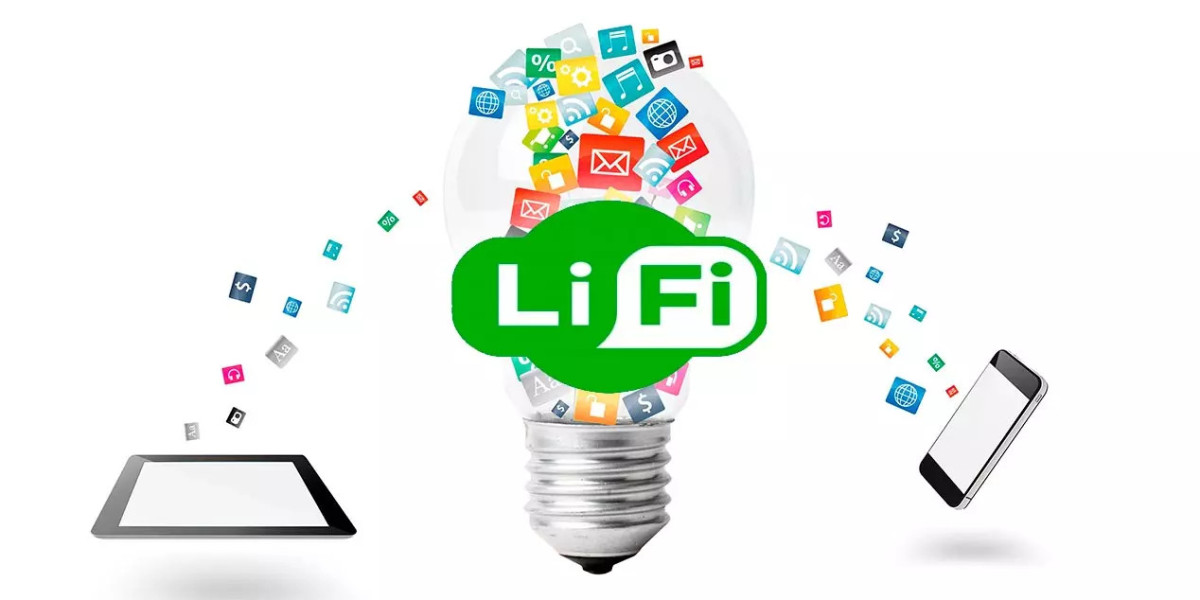Li-Fi uses light spectrum instead of the radio frequency spectrum that Wi-Fi employs to transmit data packets over the air. While optic fibre technology also uses light, it requires a physical medium to transmit data. Li-Fi’s proponents have argued that it delivers faster, more reliable, and more secure connectivity than Wi-Fi and 5G. Li-Fi can achieve speeds up to 224GB/s, making it well over 100 times faster than the fastest type of Wi-Fi — WiGig — which can achieve up to 7GB/s. However, it is not suitable for replacing Wi-Fi or fixed connections altogether but rather intended as a complementary solution for specific scenarios. Its primary downside is that it requires line of sight to function, which means it is not suited for longer distances and penetration through non-transparent objects.
However, it can be used in environments like an office, where a desk lamp or overhead bulb can communicate with a PC fitted with a light antenna module. Although a light source can be used to facilitate this, the actual Li-Fi signals are not visible and operate in the infrared spectrum. The upside to requiring line of sight is that it improves security by preventing wall penetration, reducing jamming and eavesdropping risks, and enabling centimetre-precision indoor navigation, explained Fraunhofer HHI’s Dominic Schulz. Li-Fi technology was invented by Harald Haas and has been tested and publicly showcased several times over more than a decade. In 2015, Haas publicly demonstrated how Li-Fi could be used to transmit a video from an LED bulb to a solar panel connected to a TV, which would then display the video.








